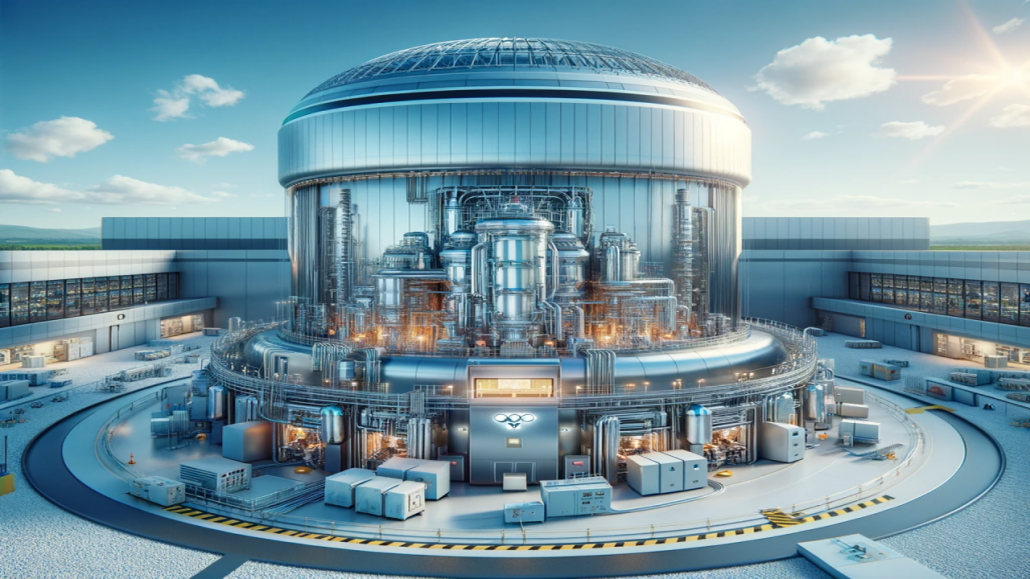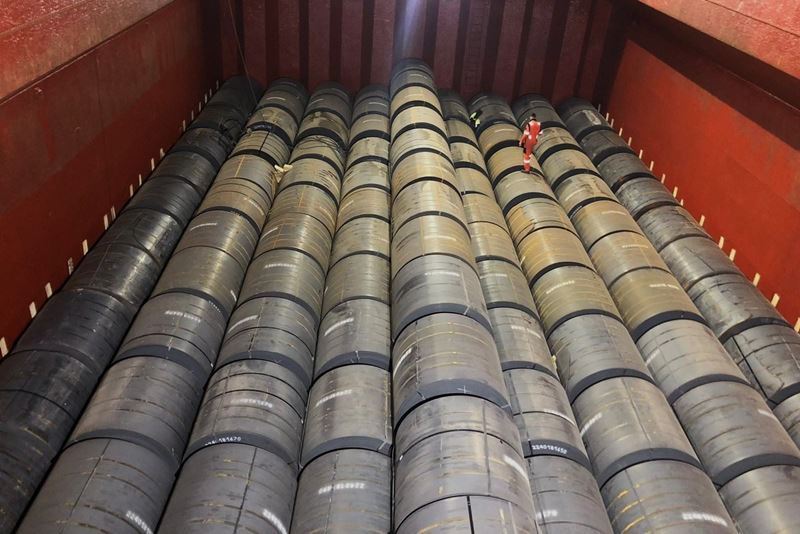
Advanced nuclear reactors are becoming key players in the global energy transition, offering a solution to reduce carbon emissions and improve energy security. According to a report by Charles River Associates (CRA), governments are increasingly adopting these reactors in their energy strategies. These reactors promise shorter construction times, lower operational costs, and broad industry applications, making them essential for future energy solutions.
Challenges in Investment and Regulation
Despite their promise, advanced nuclear reactors face hurdles such as investment uncertainty, regulatory delays, and complex permitting processes. CRA highlights that inflation, regulatory hurdles, and safety standards are significant barriers to progress. Developers, like Nuscale, struggle with financing issues, exacerbated by high inflation and interest rates. A coherent regulatory framework across borders is crucial to facilitate knowledge sharing and support the development of flexible reactor designs.
Government Policy Support
Policy support plays a crucial role in the growth of advanced nuclear reactors. The U.S. Inflation Reduction Act (IRA) offers significant tax incentives to nuclear projects, addressing initial investment challenges. Governments’ clear support and investment-friendly policies are vital in enabling advanced reactors to become commercially viable.
Economic Viability and Competitive Advantage
Advanced nuclear reactors offer significant economic advantages. They provide a lower levelized cost of electricity (LCOE) than traditional nuclear plants due to their modular design, shorter construction time, and integration with thermal storage systems. These features make them ideal for areas with high renewable energy use. Small modular reactors (SMRs) are especially flexible, as their smaller size allows for easy deployment in remote areas or integration into existing grids.
Labor Shortage and Supply Chain Issues
A significant challenge for advanced nuclear development is the impending labor shortage, as many workers in the nuclear sector retire. The CRA report highlights the need for new workforce recruitment, particularly skilled labor. However, modular reactor designs can mitigate these issues by enabling factory-built units, reducing construction time, and easing workforce demands.
International Collaboration and Market Opportunities
Countries like the U.S. and Canada are leading efforts to support SMR technologies with tax credits and research funding. Similarly, European nations like France, Poland, and the U.K. are focusing on advanced nuclear reactors to meet energy goals. Despite some countries phasing out nuclear power, the push for advanced nuclear technologies continues to grow globally.
Outlook for Advanced Nuclear Technologies
The CRA report is optimistic about the future of advanced nuclear reactors in achieving net-zero emissions. While challenges remain, particularly in investment, policy, and workforce development, the potential for advanced nuclear technologies to provide reliable, clean energy is high. With stable economic structures and regulatory environments, private investment will likely increase, speeding up the adoption of these technologies.











Leave a Reply
You must be logged in to post a comment.